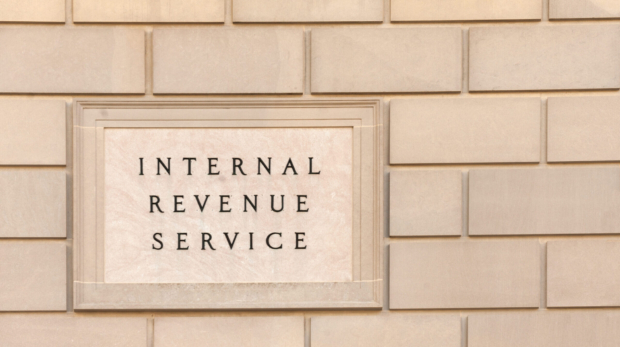Essential Tax and Financial Planning Strategies for Boomers and Gen Xers Approaching Retirement
As Boomers and Gen Xers approach retirement, effective financial planning becomes crucial to ensure a comfortable and secure future. This article outlines essential tax and financial planning strateg ...






